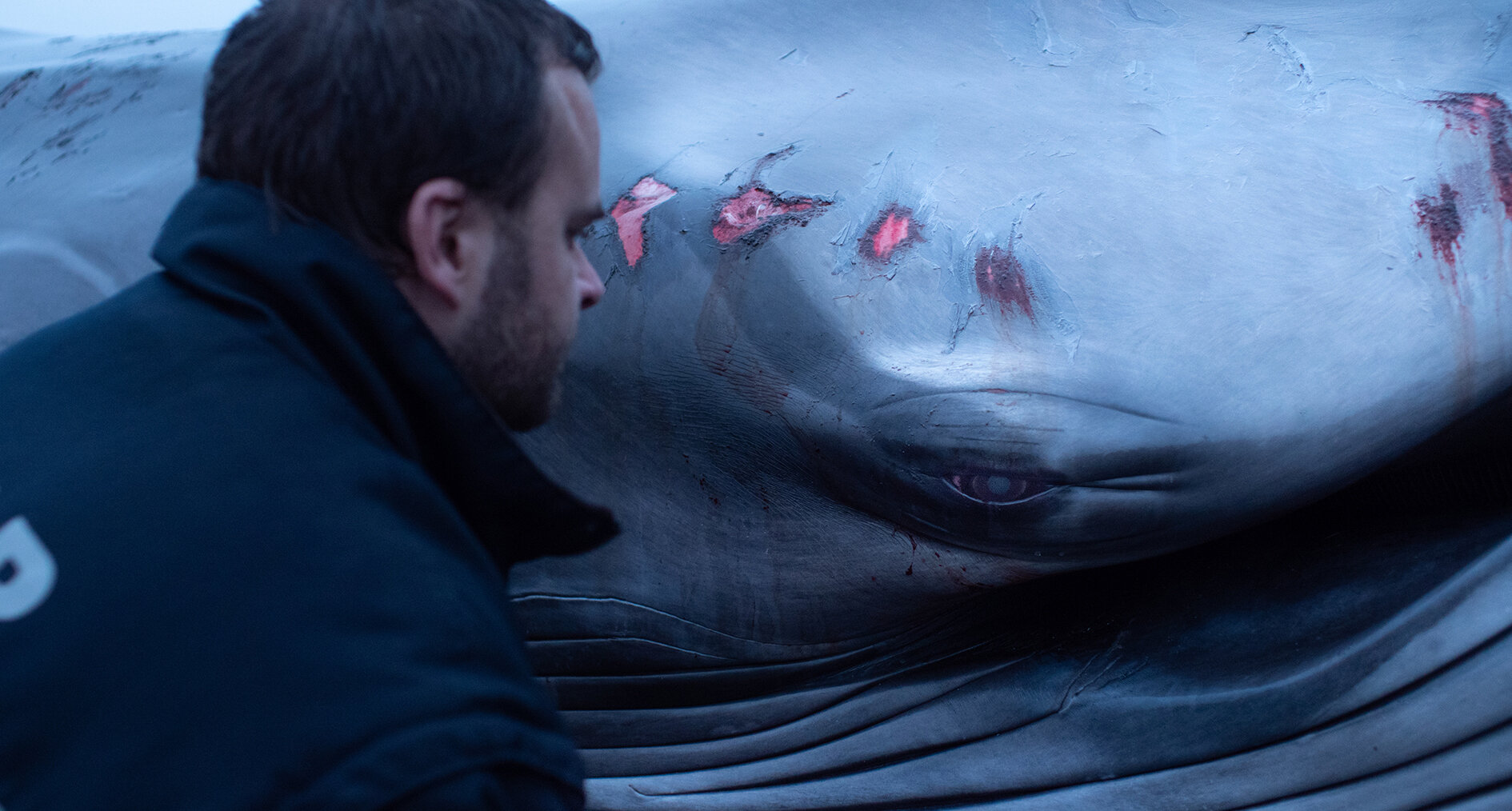Climate crisis, human rights captured at Vancouver International Film Festival
The Last Tourist, From the Wild Sea, and Secrets of Putumayo focus on pressing global issues
From the Wild Sea. Photo by Tanya Haurylchyk
PRIOR TO THE PANDEMIC, the climate crisis and human-rights issues were largely more prevalent in the news—and, by extension, public consciousness—than they are now. While COVID-19 has grabbed the world’s attention, the destruction of the Earth and mistreatment of people by corporate forces remain global emergencies.
Several releases at this year’s Vancouver International Film Festival are the wake-up call that the international community needs when it comes to saving people and the planet. Here’s a handful of Stir’s picks so far:
From the Wild Sea
(Denmark)
Screens on October 2 at 9 pm at SFU Goldcorp Centre for the Arts and online via VIFF Connect from October 1 to 11.
Having its Canadian premiere at VIFF, Danish documentarian Robin Petré’s From the Wild Sea points to the devastating effects of severe weather off Europe’s North Atlantic coast, likely caused by climate change, on marine life such as porpoises, seals, and whales. Those creatures are no match for treacherous conditions, whether it’s fierce winds and waves slamming the mammals up against jagged rocks or when coastal flooding or high seas separate babies from their mothers.
The film introduces viewers to members of Seal Rescue Ireland, Dutch Animal Rescue, and British Divers Marine Life Rescue, whose dread about what the future may hold is as palpable as the chill you can feel of a rainy attempted rescue off the Irish coast. Covered in scrapes and wounds, a 19-metre baleen whale was likely exhausted from a storm surge only to run aground after presumably being cut by a boat propeller, her blood running into the sea.
With an even-keeled tone, the film also conveys how marine pollution only makes matters worse. One researcher recounts the story of a seal named Merida, who was found with plastic netting wrapped around her neck so tightly that it cut off the oxygen supply to her eye, requiring surgery to remove it.
It’s difficult to watch footage of animals needing care but heartening to see the individuals who so tirelessly dedicate their lives to helping them. Merida ended up being re-released into the ocean. Here’s hoping humans get another chance, too.
The Last Tourist.
The Last Tourist
(Canada)
Screens October 2 at 6 pm at SFU Goldcorp Centre for the Arts on and on October 3 at 3:45 pm at Kay Meek Arts Centre and online via VIFF Connect from October 1 to 11.
Costas Christ was the first tourist to visit Thailand’s Koh Pha Ngan. It was 1979, and it was magical. He spent three months with the only Thai family who called the pristine island jewel home. He never returned, but in 1993 the National Geographic traveller came across an article in the New York Times that ripped his heart out. There was a photo showing thousands of people on the beach celebrating the so called Full Moon Festival, heaps of beer cans, plastic straws, and other trash everywhere—a mess amid gross overdevelopment. The place was ruined.
Thailand typically gets close to 40 million visitors a year. If irresponsible over tourism isn’t curbed, Koh Pha Ngan is going to be reproduced all over the world, Christ cautions in The Last Tourist, a new documentary by Ontario-based director Tyson Sadler.
Christ is one of those enviable people who has made a career out of travelling. What makes him different from so many wanderers is that he was one of the first to spot gross inequalities: working in Kenya in the 1970s, he witnessed how the safari industry thrived as local villagers remained impoverished and national parks, working to protect rare and endangered species, were underfunded. He’s a pioneer of the eco-travel movement, and the insights he shares are equally gripping and terrifying. The same can be said of the numerous leading thinkers and doers featured in the film, including Jane Goodall; Judy Kepher-Gona, founder the Nairobi-based Sustainable Travel & Tourism Agenda; and Meenu Vadera, founder of India’s Sakha Cabs For Women.
The Last Tourist travels from the jungles of Ecuador to the Louvre to the ridiculous go-cart tracks on mega cruise ships; it exposes the horrors of voluntourism to the animal cruelty associated with so many elephant rides.
The upshot isn’t a call to stop travel; just the opposite. The film celebrates the wish to wander that humans have held forever and the way going to new places is a most wonderful form of education.
It makes an irrefutable case for responsible, inclusive, conscious tourism that puts people and the planet first and improves the lives of local communities—with fascinating footage that will make you want to plot out your next journey and do your homework before you book.
Secrets from Putumayo.
Secrets from Putumayo
(Brazil)
Screens October 7 at 6:30 pm at VIFF Centre - Studio Theatre, and October 11 at 6:30 pm at the Annex and v online via VIFF Connect from October 1 to 11.
Irish actor Stephen Rea narrates a chilling excerpt from a 1910 diary entry of the British Consul General in Rio de Janeiro, Roger Casement, early on in Secrets of Putumayo. Ordered to investigate working conditions of Indigenous communities and allegations of crimes against them by the British-registered Peruvian Amazon Company, Casement wrote: “Today the industrial economy is totally dependent on the rubber extraction economy. God knows how this will end.” What Casement went on to discover, voyaging deep into the Amazon jungle, was a system of terrorization.
Men, women, and children were forced to carry back-breaking amounts of rubber on their backs, walking for miles; if they didn’t bring in enough, they were flogged. Worse, “bad Indians” were decapitated or covered in salt and kerosene to be burned to death. It was a place, Casement wrote, of “no limit to human suffering”.
Interspersed with readings from that horrific diary in director Aurélio Michiles’s film are interviews with historians and descendants of labourers (all shot in black and white, giving Secrets of Putumayo a beautiful, artful consistency). One man, working a rubber tree with a stick and a machete, notes “just like this liquid runs down the rubber trees, our grandparents’ blood was also spilled, like this rubber milk spills out”. Survivors’ relatives also touch on present-day and ongoing struggles for justice and sovereignty as multinational corporations continue to benefit through harmful practices in extracting the Amazon’s precious resources. God knows how this will end.
















